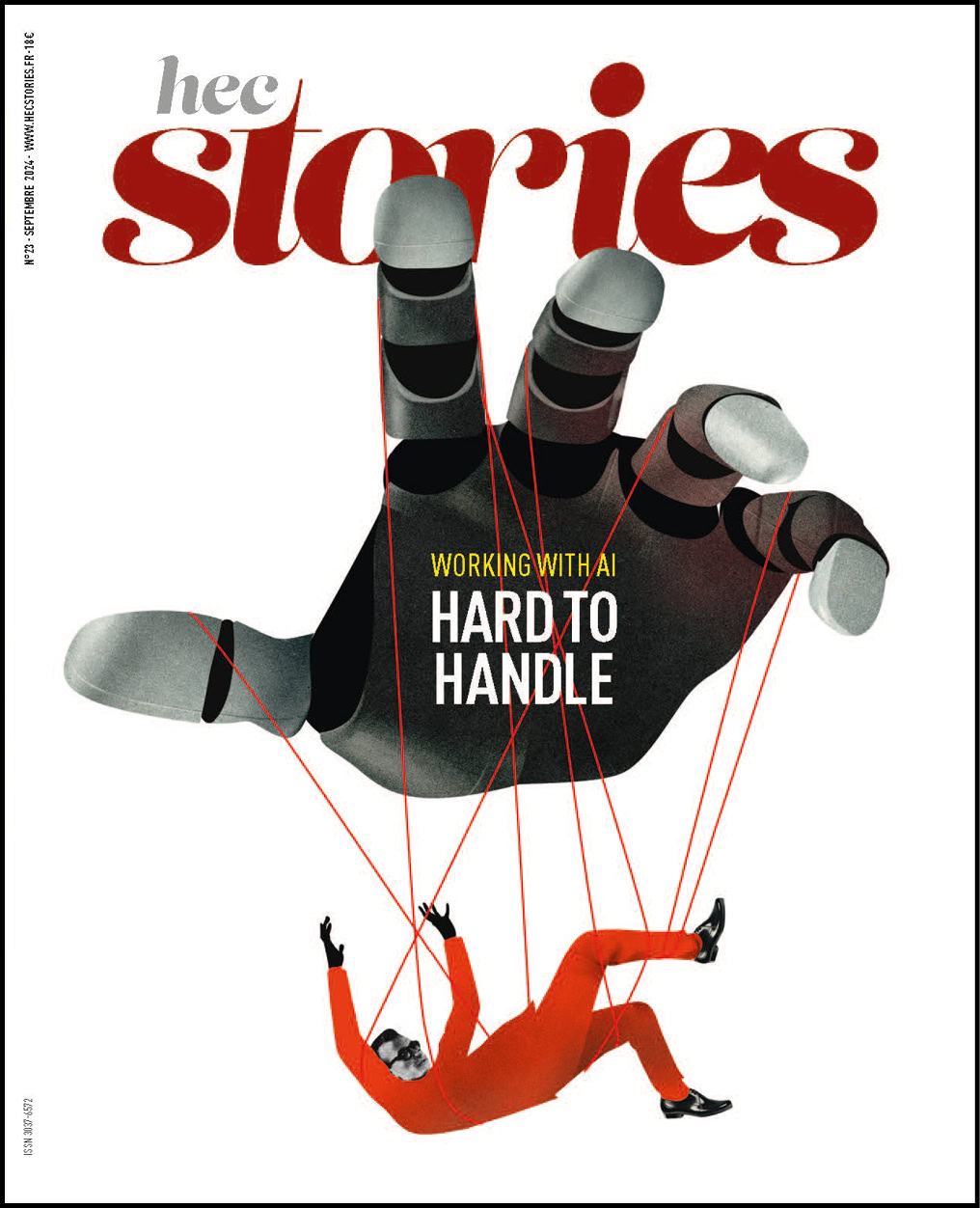Better manage the tensions within teams

Within any company, there are tensions that affect the well-being of the employees and their productivity. But those tensions can be turned into “positive energies”, says coach Didier Hauvette. A “how to…” guide:
Dissociate the person from their behavior
There are three main types of truly problematic reactions for the functioning of teams, especially during meetings: irritation (anger, aggressiveness), provocation (opposing by taking up an extreme position), and seizing up (shutting oneself off from the world, crying, “sulking” etc.). To manage these tensions effectively, managers should learn to separate the person from his or her behavior. When a person gets angry, it’s rarely because they want to, but the emotion overcomes them. The most effective way forward for the manager will be to recognize what is justified in the anger and say something like: “I understand that in the events that transpired, there is something that does not suit you. It slows you down or keeps you from achieving your results AND (rather than “but”) the aggressive reactions you sometimes have are detrimental to the team’s effectiveness and painful to me.” After saying this, it will be important to carefully listen to what the employee has to say and reformulate it, even and especially if you do not agree with it.
Defusing tensions
Behind each negative reaction, there is an unmet need that the manager must identify. Often, if people get angry, it is because they do not feel they get sufficient recognition or do not have enough concrete results. If someone gets very worked up, it is often because they are worried about what is going to happen to them. The manager needs to reassure that person, for example by breaking down their overall objective into achievable sub-objectives. Other people say “yes, yes” to everything. But really, they are drained of energy because they are stuck. One way to restore their energy is to give meaning to their work, to explain the purpose of orders and possible counter-orders.
Ratcheting down tensions
Managers who keep on the lookout for these three types of reactions—the signs of which are very faint at first—will be able to take action quickly. By easing the pressure on a team member, the manager lets that person express the positive aspects of their personality, and show their talents. Conversely, being insistent and maintaining the pressure on the employee may stir up negative reactions and reduce their effectiveness. We each have within us a sensitivity that lets us perceive these first signals.
Bring in a coach
Some tensions can be resolved effectively by enlisting the help of an outsider. By giving everyone a voice, a coach can reduce or even resolve conflicts in one or two days. During team-building seminars, playing a sport or doing some artistic activity helps the team members better understand how their colleagues function. On a sailboat, for instance, everyone will naturally assume the role that best suits their temperament: courageous, patient, solution finder, eager to help others, and so on. I recommend one to two coaching sessions per year. And if we encourage more open communication from day to day and avoid things going unsaid, the progress will be quick.
Didier graduated from HEC in 1977 and is now a consultant specialized in understanding and managing emotional reactions. He helps CEOs and managers overcome sticking points in interpersonal relationships.
Published by Cyrielle Chazal

